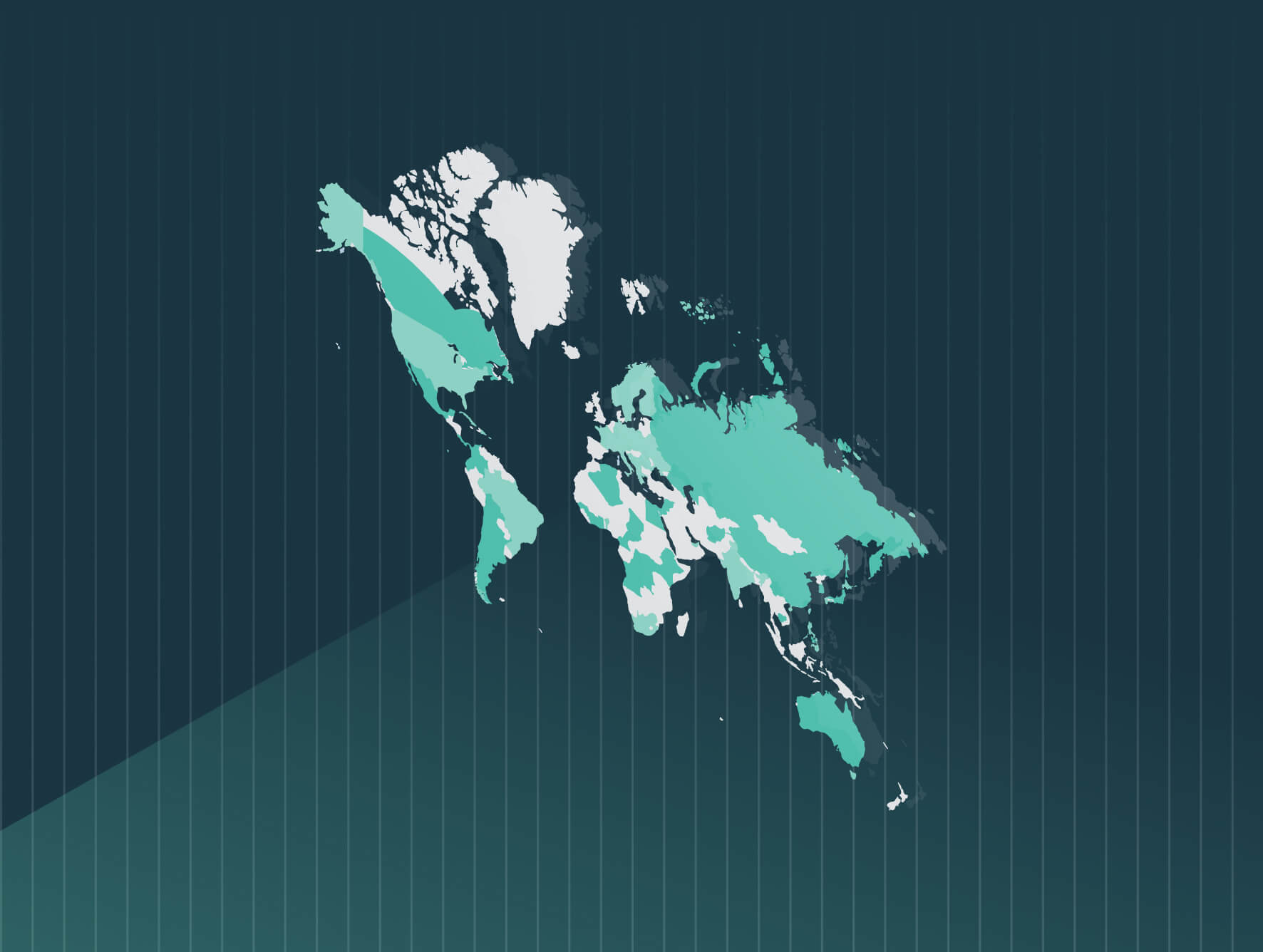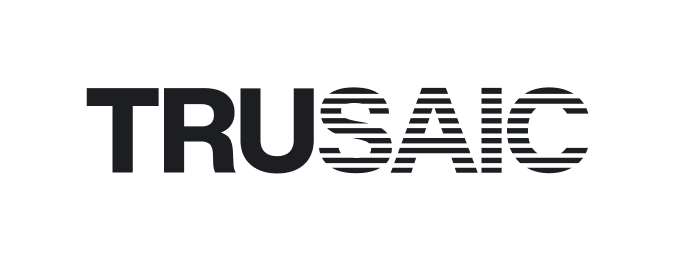LOS ANGELES – Companies are likely leaving themselves open to expensive penalties and lawsuits based on their pay equity practices, according to a new report from workplace equity technology company Trusaic. The research from the “2024 State of Pay Equity Policies and Practices” survey sheds fresh light on how organizations are handling pay equity and the emerging risks they face. It also highlights practical steps to bring fairness to all forms of compensation. The study is a joint project of Trusaic and Empsight, a leading provider of specialized compensation data for Fortune 1000 and large multinational companies.
Key takeaways from the report include:
- While companies are increasingly more diligent about monitoring the fairness of base pay, their vigilance has not extended to other forms of compensation: short-term (e.g. annual bonus) and long-term incentives (e.g. restricted stock, stock options). Many industries emphasize these as an important part of their compensation strategy, but few include them in their pay equity analysis. This can lead to hidden inequities. Only 13% of organizations studied consider long-term incentives when doing pay equity analysis, and only 24% include short-term incentives in their pay equity analysis.
- Over 40% of organizations use a relatively unsophisticated approach to pay equity analysis, focusing on median or average pay, but ignoring relevant variables that drive pay differences. This can lead to mismeasurement of pay inequities. The gold standard for pay equity analysis is to use multiple regression to account for relevant factors that impact pay.
- The most commonly cited barrier to achieving pay equity is the cost of correcting inequities that are identified. This fear is misplaced, notes Trusaic, because even when resources are limited, there are ways to make progress on addressing pay inequities.
- 44% of respondents conduct a pay equity analysis once every two or three years, on an ad hoc basis, or not at all. This creates unnecessary risk. Hidden pay inequities can grow, leading to large remediation costs, as well as the potential for incurring back-pay liabilities in the case of a lawsuit. The best practice is to remediate pay inequities annually and monitor pay equity throughout the year, either on a quarterly or semi-annual basis.
- Fewer than half of the respondents report doing a pay equity analysis examining inequities based on age. Given the increased interest in age discrimination, this is an oversight Trusaic recommends correcting.
“We were inspired to conduct this research, because our experience suggests there are still some serious gaps in how organizations conduct pay equity analysis,” says Robert Sheen, CEO, Trusaic. “Companies have an ethical imperative, a legal imperative, a business imperative, and a compliance imperative to get pay equity right. This can only be addressed by ensuring their pay equity programs cover all forms of compensation and use the appropriate analytical approach.”
Empsight gathered data from compensation professionals at 256 large organizations, between February and April of 2024. The study provided a comprehensive insight into their pay practices and how they approach pay equity analysis. Survey participants included many large organizations, with 45% having over $5 billion in revenue. The study covers a wide range of industries and includes public, private, and not-for-profit organizations








